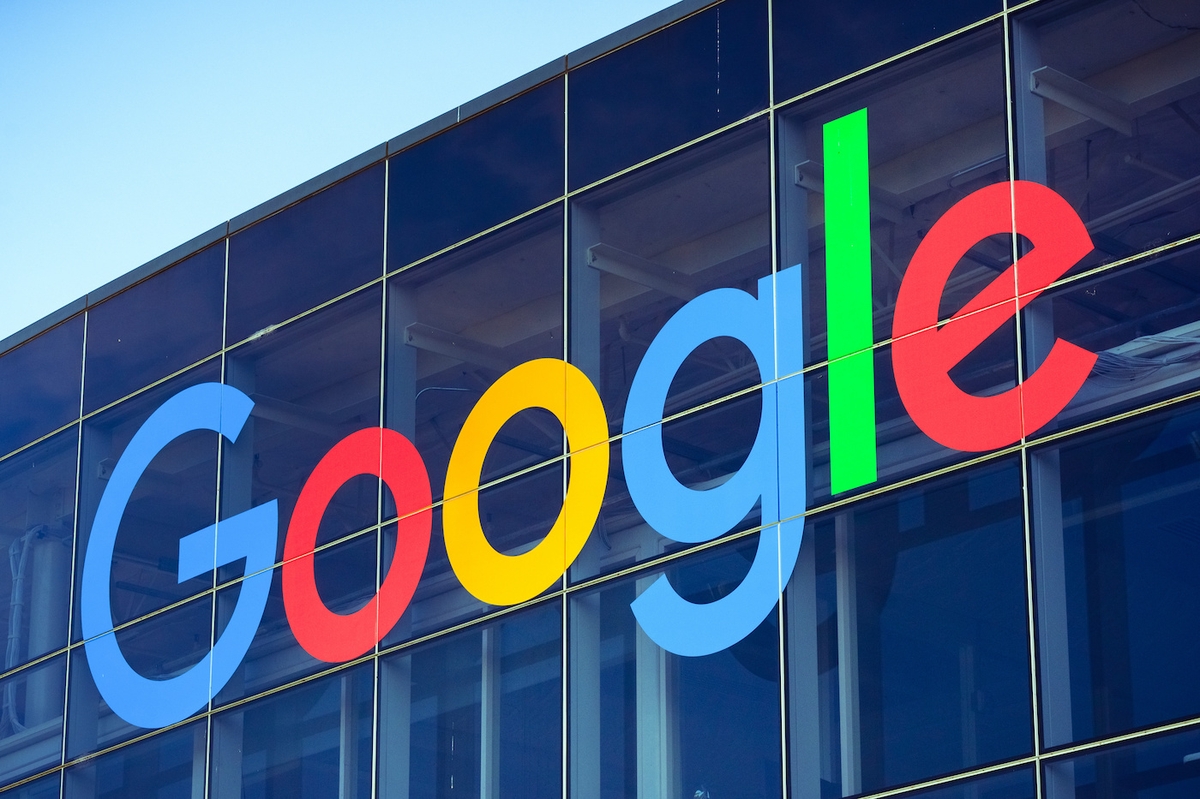Google’s AI systems will soon not only improve how you look and collaborate in Meet but also help you grasp the central point of documents, chats and meetings.

Google announced in May 2022 several upcoming Google Workspace enhancements. Some of the most interesting improvements leverage artificial intelligence systems to summarize texts and enhance web meetings.
Smart summaries can change how quickly people grasp central concepts of documents and conversations, while video conferencing enhancements ensure people look their best and may share multimedia smoothly. And, in the long-term, the continued expansion of client-side encryption capabilities may be the most significant structural change to give customers complete control of cloud data security.
SEE: Google Workspace cheat sheet: Complete guide for 2022 (TechRepublic)
Google Workspace: Smart summaries of documents, chats and meetings
If you’ve opened a Google Doc in Chrome, you might have noticed a small rectangular icon floating to the left of your text, also accessed via the Show Outline option under the View tab. Select this option to access a summary and outline of your Google Doc. To create the outline, the system uses your formatted titles and headings.
In some cases, the system will auto-create a document summary, which you may accept with a tap of the tab key. In my experience, when the system does auto-generate a summary, I find it to be reasonably accurate. But if needed, you can move your cursor over the summary and select the pencil icon to edit the document summary.
Not every Google Doc gets an auto-generated summary, though. For example, two fiction texts — the first chapter of Alice in Wonderland by Lewis Carroll and an English translation of a poem from Douglas R. Hofstadter’s Le Ton beau de Marot — entered into different Google Docs caused the system to leave the summary section blank. Although, that’s a good sign, since it means the natural language processing system has thresholding measures in place. When the system can’t provide a cogent summary, it leaves the section empty and available for users to add an appropriate summary.
Google intends to offer summaries in several places. In Gmail, you might access Chat Spaces summaries to catch up on conversations you may have missed. Sometime in 2022, Google Meet will gain the ability to automatically transcribe meetings, then in 2023, add a summary of the session. In each of these cases, a summary can help you grasp the gist of a document, a conversation or a meeting. However, since these are all human communication channels, remember that a summary will never encompass all the subtlety and details conveyed in a document, chat or meeting.
Google Meet: Image and sharing enhancements
Google’s AI systems help you present the best image possible when on camera with Google Meet. Portrait restore optimizes your image to compensate for a low-quality webcam, lousy lighting or a poor network connection. And portrait light puts you in control of simulated studio lighting; adjust the angle and the system moves the simulated light source. Think of it as your own virtual lighting system, with no need for tripods, lights or extra power outlets.
SEE: How to improve collaboration with Companion mode in Google Meet (TechRepublic)
Live sharing will add collaborative media controls to Google Meet. This will let participants share audio and video streams that stay in sync — not a simple task, especially when Meet sessions can occur across many diverse devices and networks. Much like Meet participants who currently collaborate with Docs, Sheets and Slides, live sharing seeks to solve media sharing in Meet sessions.
All of these Google Meet enhancements rely on the computational capacity of Google Cloud. The processing necessary to add these enhancements occurs within Google’s systems rather than on your local device. So, when you use Google Meet, the image, lighting and live sharing streams displayed will be as good as possible for every participant, regardless of each person’s equipment and network connection.
Secure collaboration in Google Workspace
People in organizations who rely on Google Workspace benefit from Google’s world-leading security efforts. The company also provides helpful guides that Google Workspace administrators can use to customize settings to suit various sized organizations.
The most significant architectural change Google is adopting is the possibility for customers to manage their own encryption security keys. With this shift, a bank, for example, could use Google Workspace while also maintaining and managing keys. Everything remains end-to-end encrypted, as always, but the difference now would be that the bank retains the keys needed to decrypt data stored in Google’s systems. Historically, Google retained those keys, which left open the possibility that a government might access the data. Google Workspace client-side encryption shifts control and responsibility to the customer, while still letting them use cloud tools.
SEE: Data encryption policy (TechRepublic Premium)
Google Workspace Enterprise and Education Plus editions support client-side encryption. At the moment, the feature works with Google Drive data, such as documents, spreadsheets and presentations. Client-side encryption for Google Meet sessions is in development and testing, as well.
Deploying client-side encryption requires significant knowledge, configuration and management, so this is likely something only the largest organizations or those with significant security concerns will pursue at the moment. The architecture change needed to enable this, however, is significant and worth watching since it sets the stage for potential broad deployment in the long term.
What’s your experience using Google Workspace?
Which of these enhancements interests you most? Are the Google Meet image, lighting and live sharing improvements something you’ll use? Will the smart summaries be beneficial as you attempt to stay up-to-date in a deluge of documents, conversations and meetings? Or have you been tracking the development of client-side encryption for Google Workspace closely? Let me know what you think of these changes by reaching out to me on Twitter @awolber.
